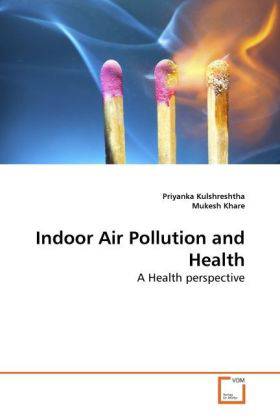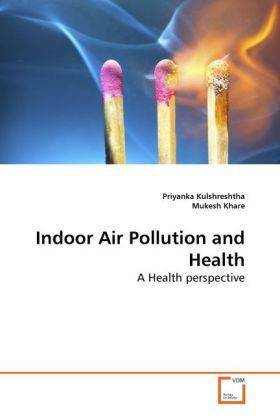
- Afhalen na 1 uur in een winkel met voorraad
- Gratis thuislevering in België vanaf € 30
- Ruim aanbod met 7 miljoen producten
- Afhalen na 1 uur in een winkel met voorraad
- Gratis thuislevering in België vanaf € 30
- Ruim aanbod met 7 miljoen producten
Zoeken
Indoor Air Pollution and Health
A Health perspective
Priyanka Kulshreshtha, Mukesh Khare
Paperback | Engels
€ 77,95
+ 155 punten
Omschrijving
Biomass remains the primary energy source in the developing countries in Asia. It contributes over a third of primary energy in India. Biomass fuels are predominantly used in indian households for cooking and water heating, as well as by traditional and artisan industries. It reflects that indoor air pollution in urban households in Indian slums is responsible for high degree of morbidity and mortality stressing the dire need for immediate interventions in India. This book, therefore, provides an insight into the exposure assessment, of women using biomass fuels, to various indoor air pollutants and its effect on their respiratory health in urban areas of India. The indoor and outdoor pollutant concentration viz. RSPM, CO, CO2, SO2, NOx, time activity analysis and spatial and temporal variations are considered to be important factors for IAQ and health assessment .This study should be specifically useful to the policy makers, and environmentalists in the field of exposure assessment especially in developing countries.
Specificaties
Betrokkenen
- Auteur(s):
- Uitgeverij:
Inhoud
- Aantal bladzijden:
- 376
- Taal:
- Engels
Eigenschappen
- Productcode (EAN):
- 9783639260939
- Verschijningsdatum:
- 8/06/2010
- Uitvoering:
- Paperback
- Formaat:
- Trade paperback (VS)
- Afmetingen:
- 152 mm x 229 mm
- Gewicht:
- 548 g

Alleen bij Standaard Boekhandel
+ 155 punten op je klantenkaart van Standaard Boekhandel
Beoordelingen
We publiceren alleen reviews die voldoen aan de voorwaarden voor reviews. Bekijk onze voorwaarden voor reviews.











